The Vivo V60 is the phone I’d recommend for the selfie-obsessed
Slim mid-ranger takes a great snap for the money

Stuff Verdict
Another photography-first mid-ranger from Vivo that ticks most boxes for its target audience. The Vivo V60 isn’t a huge departure from the outgoing V50, though, and has some weak spots.
Pros
- Zeiss-backed cameras largely deliver for the money
- Big battery guarantees long lifespan
- Excellent IP protection
Cons
- FunTouch OS is still overbearing
- Rivals have more powerful CPUs
- Limited international availability
Introduction
In the time it takes most mid-range smartphone makers to trot out a new device, Vivo can usually manage two. The new Vivo V60 arrives barely six months after the V50, which itself was only half a year removed from the V40; can that really be enough time for meaningful improvements?
The main changes are, as usual, on the photography front, with an extra rear camera (and some sensor shuffling) bringing what sound like impressive telephoto abilities. Long-time partner Zeiss is still helping on colour science and convincing bokeh blur, while the autofocusing front camera promises to be something of a selfie star. A bigger battery and newer chipset also help the V60 stand out from its predecessor.
Arriving at INR36,999 (roughly $420/£315/€360), it undercuts other affordable cameraphones like the Google Pixel 9a; could that make it something of a sleeper hit that the rest of the world is missing out on? Time to find out…
How we test smartphones
Every phone reviewed on Stuff is used as our main device throughout the testing process. We use industry standard benchmarks and tests, as well as our own years of experience, to judge general performance, battery life, display, sound and camera image quality. Manufacturers have no visibility on reviews before they appear online, and we never accept payment to feature products.
Find out more about how we test and rate products.
Design & build: subtle growth
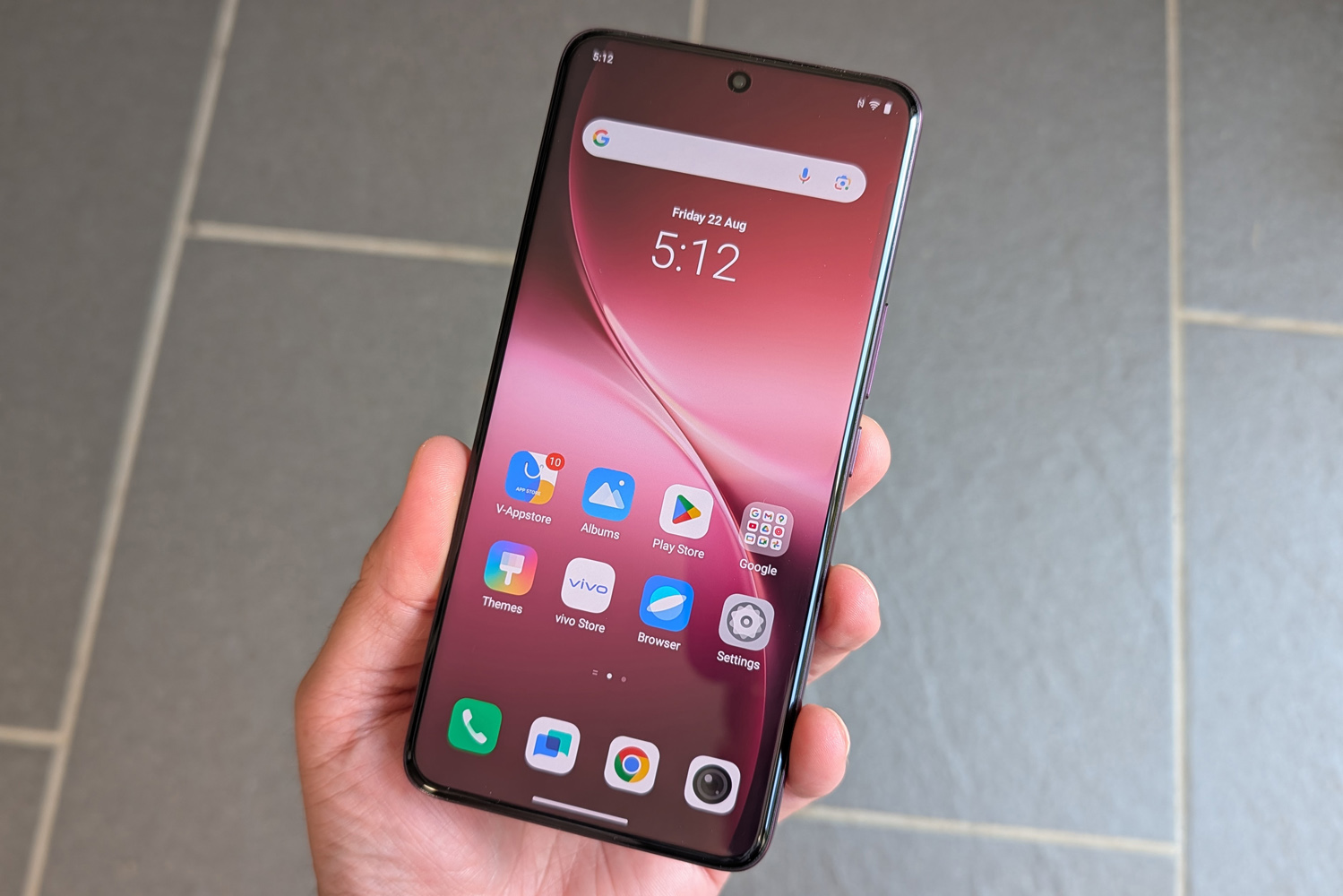
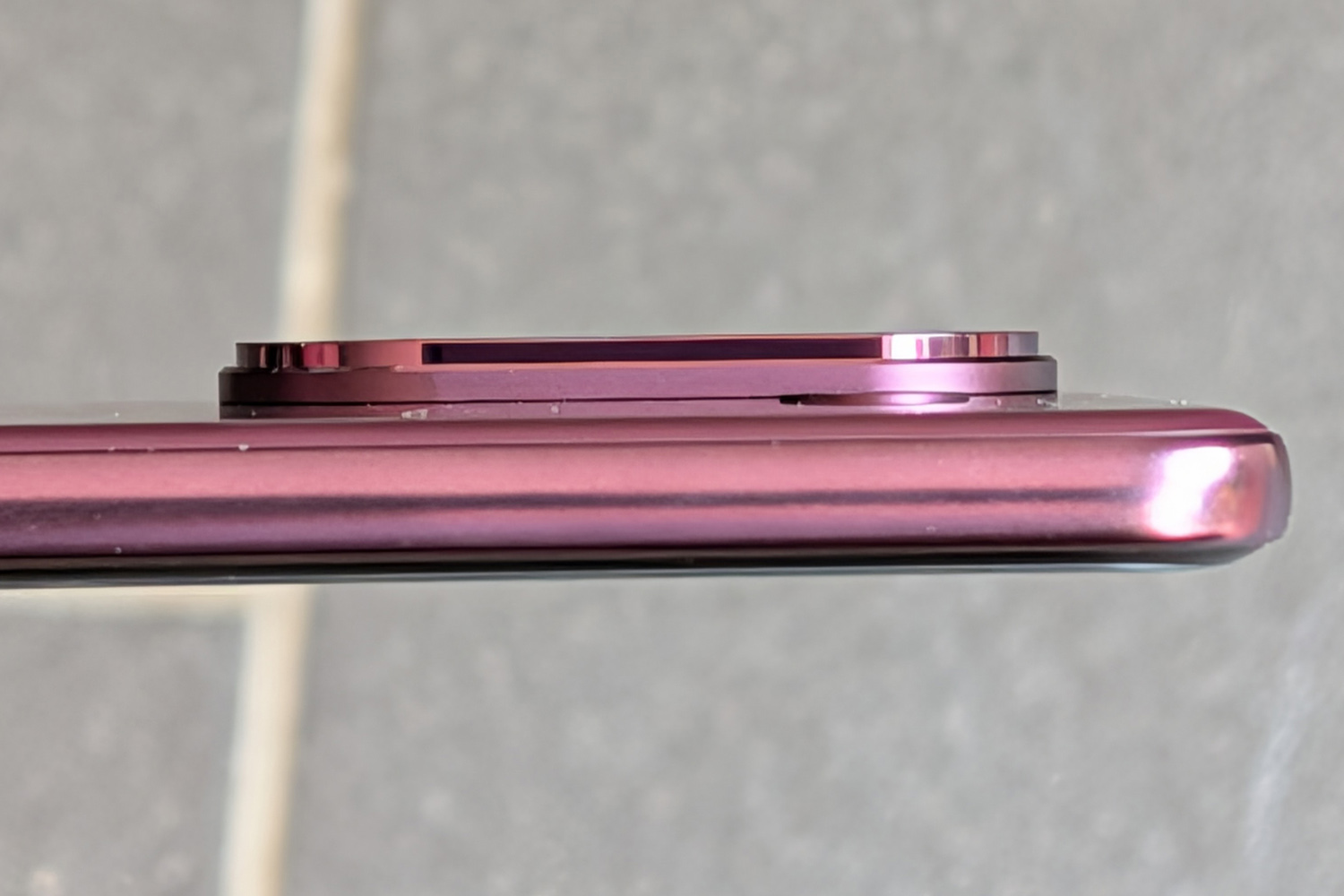
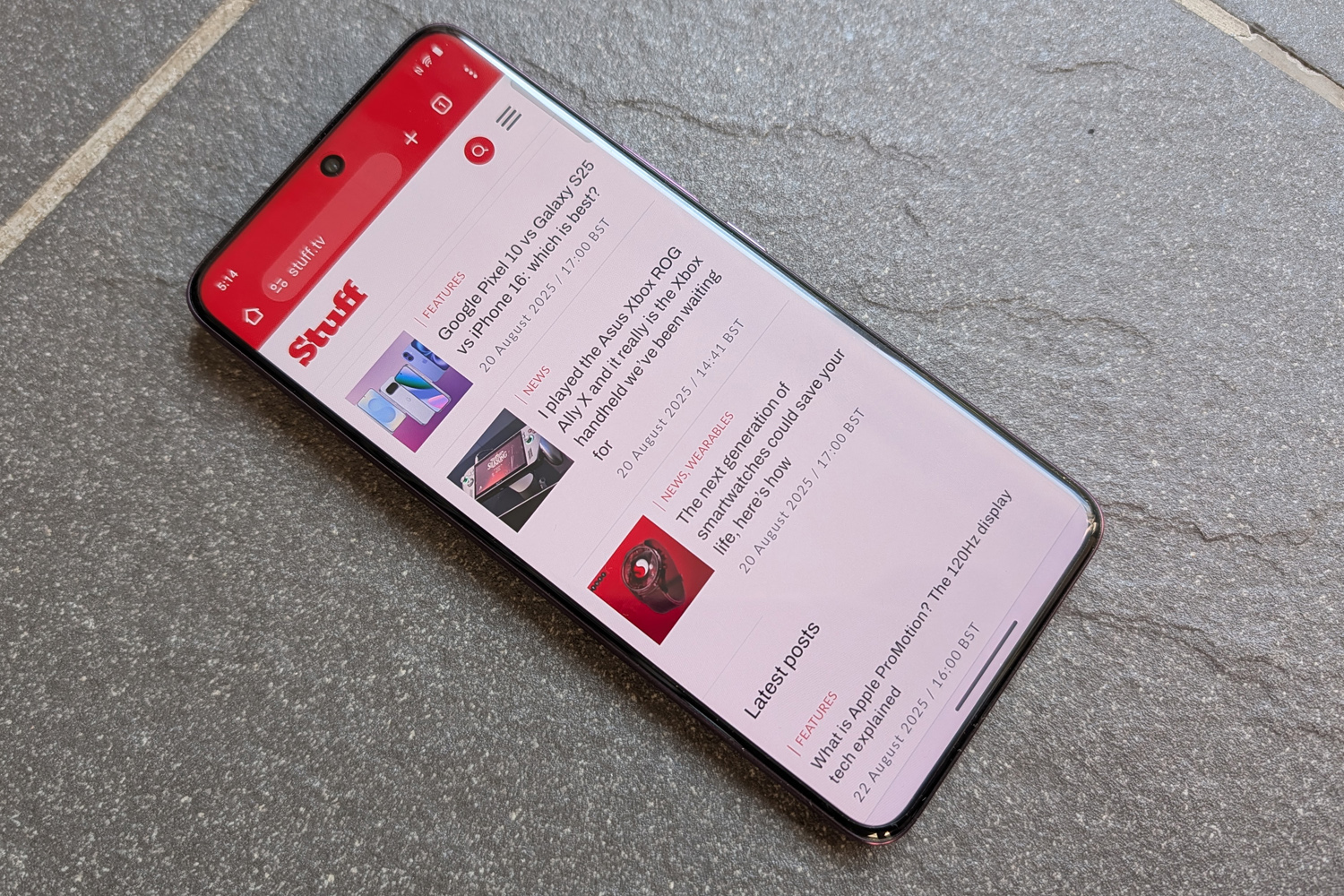
Vivo can usually be relied on to give its V-series models an eclectic range of colour options, and the V60 is no different. My Berry Purple review unit is the most distinctive of the composite plastic models, which also include Desert Gold, Mist Gray, and Summer Blue.
Personally I’d have preferred the unique Ocean Blue variant, which looks like an ocean wave has scattered tiny sand particles over the rear. It’s made of glass, too, which should give the phone a more premium feel. Not that my handset felt cheap, but you can tell the whole thing is polycarbonate, including the central frame that’s been polished to look like aluminium.
Vivo hasn’t tried to emulate more expensive phones, which have pretty much all embraced flat sides and flat glass. You’re getting front and rear panels that subtly curve inwards to the central frame, which itself is slightly rounded. It does make the phone easier to grip, but is arguably a little dated. The way the two main camera lenses sit in their own oblong protrusion at the rear feels very iPhone 16-esque, though, especially as the third lens and ring light flash sit outside, like they weren’t invited to the party.
This is an impressively sturdy smartphone, being both IP68 and IP69 rated to withstand high pressure water jets as well as full submersion. Schott Xensation Core glass protecting the display is a new one on me, but it has so far withstood everything I’ve thrown at it during testing. Vivo reckons it’s 37% better at surviving drops than the V50.
I had no complaints about the optical fingerprint sensor, which was quick enough to recognise my thumb and sits fairly close to the bottom of the screen, so was easy to unlock without any awkward repositioning while holding the phone one-handed.
Screen & sound: see the light
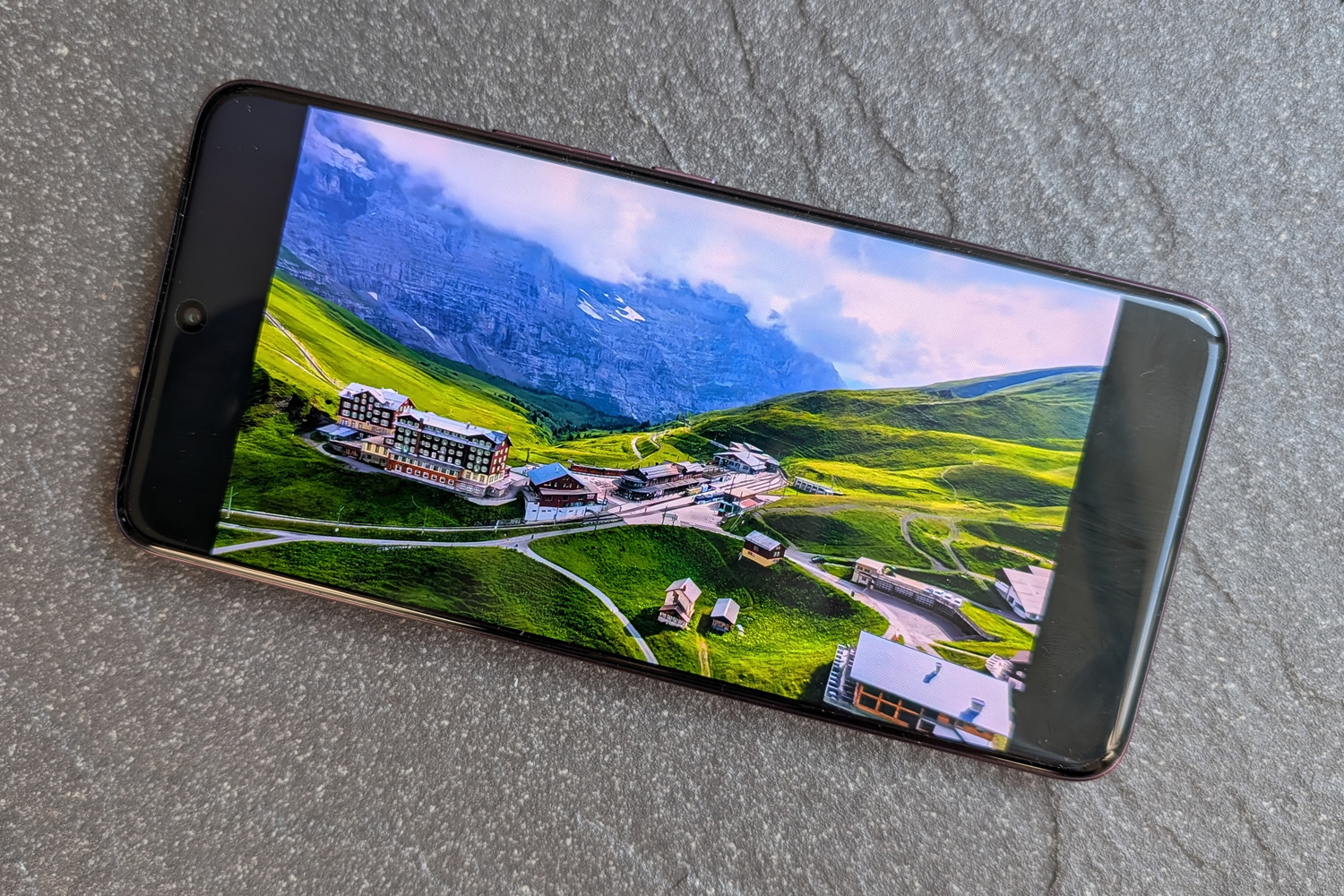
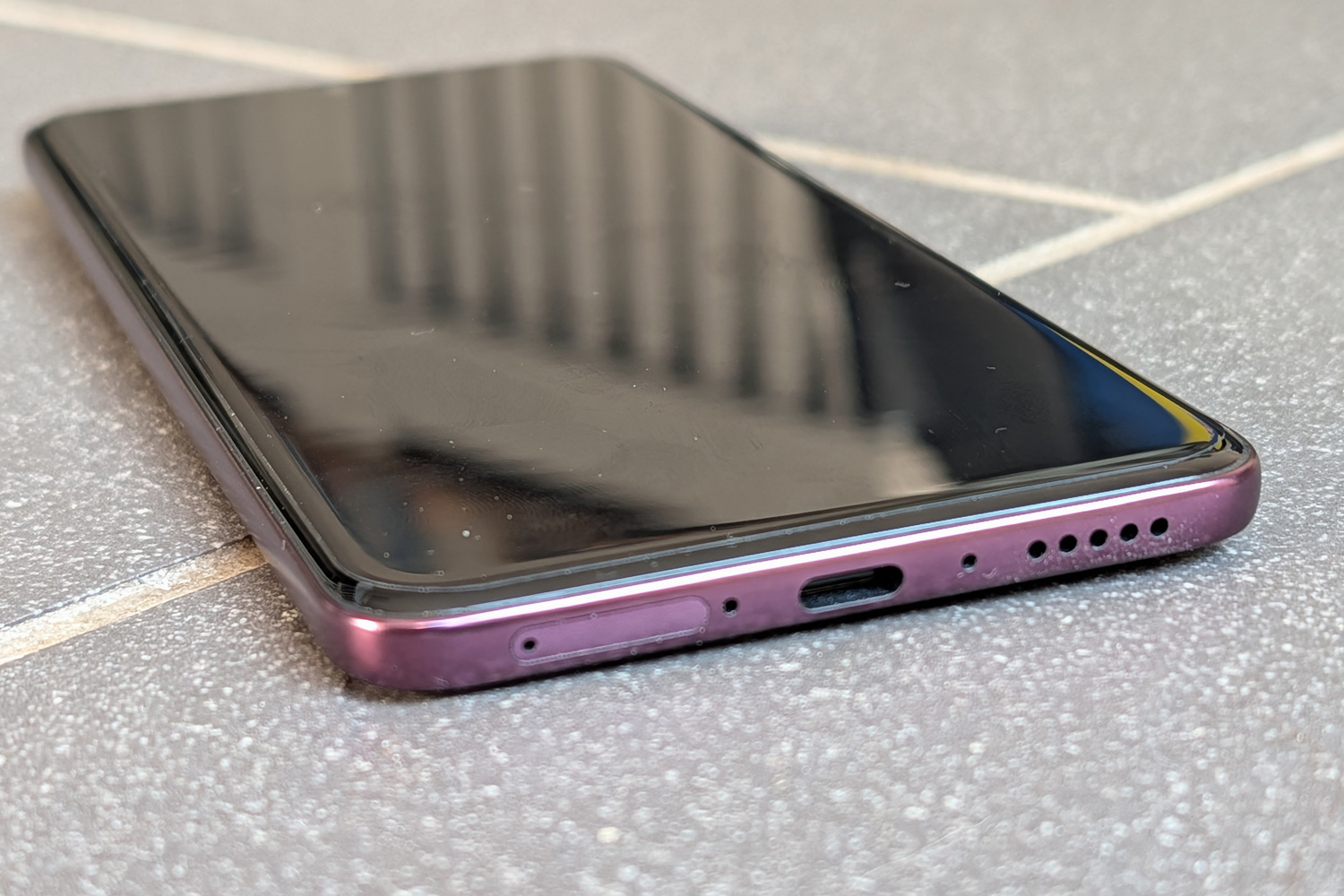
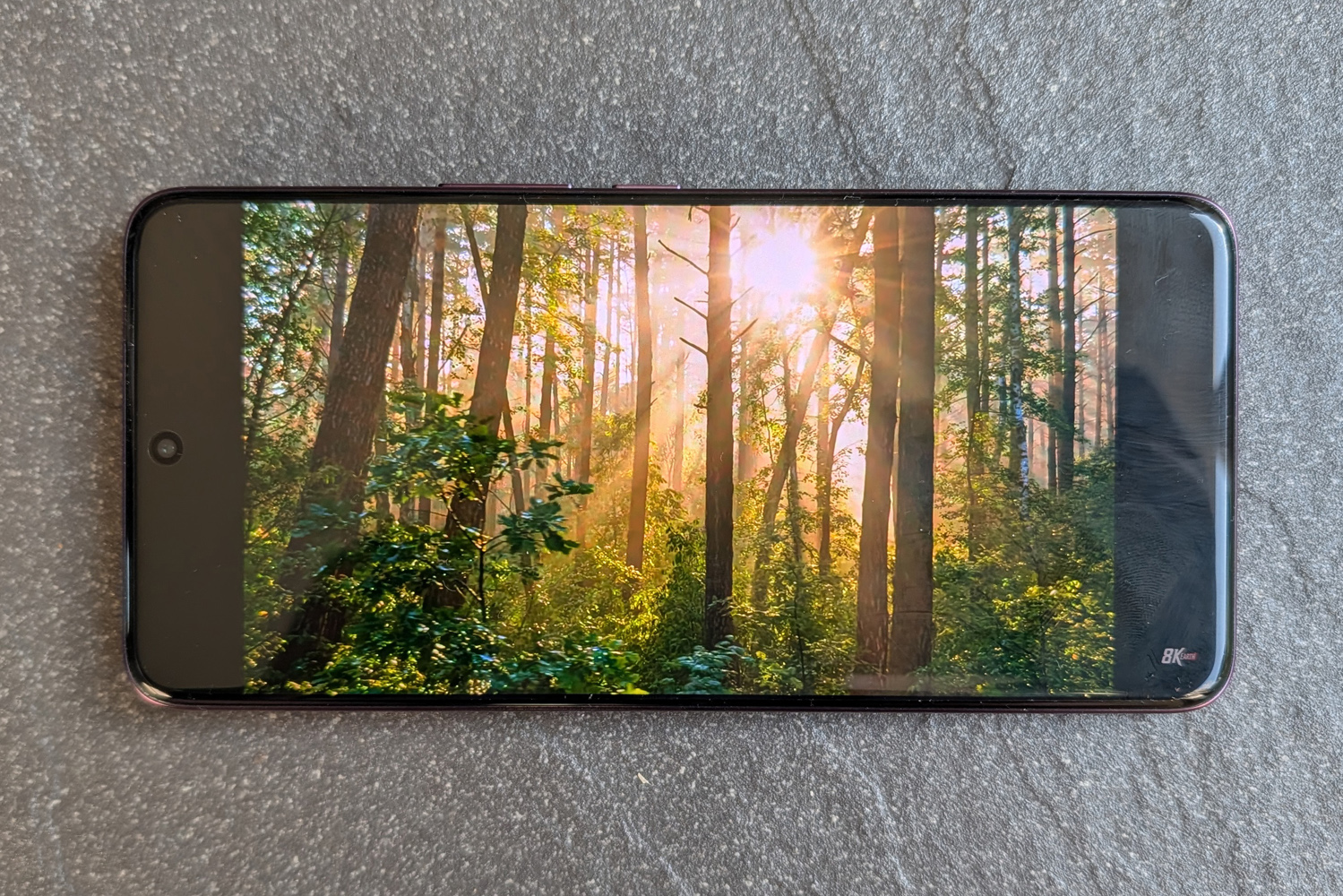
The biggest benefit to quad-curved screens? The way the panel bleeds over the edge helps shrink the bezels to a minimum. The Vivo V60 clearly still has ’em, but they’re not as in your face as other budget phones that use entirely flat glass. I didn’t really find reflections to be an issue, either.
At 6.77in it’s plenty big enough, while the 2392×1080 resolution looks nice and sharp even up close. Colours, contrast and black levels are all on a par with what I’d expect from an OLED panel, and the adaptive refresh rate does a good job of ramping up to 120Hz when it detects onscreen motion. Without LTPO tech it can’t drop to 1Hz to maximise battery savings, but a 60-120Hz range is better than nothing.
The big improvement this year is to brightness. The V60 can average 1500 nits while outdoors, which is impressively clear even in direct sunlight, but the brightest whites of HDR content can hit a peak 5000 nits. Compatible content truly pops now, even alongside darker shadows.
Stereo speakers make a welcome return, with the earpiece acting as a tweeter and the down-firing main driver handling the whole frequency range. Just don’t expect much in the way of impactful bass and you’ll be happy with how much volume is on tap.
Cameras: the main event
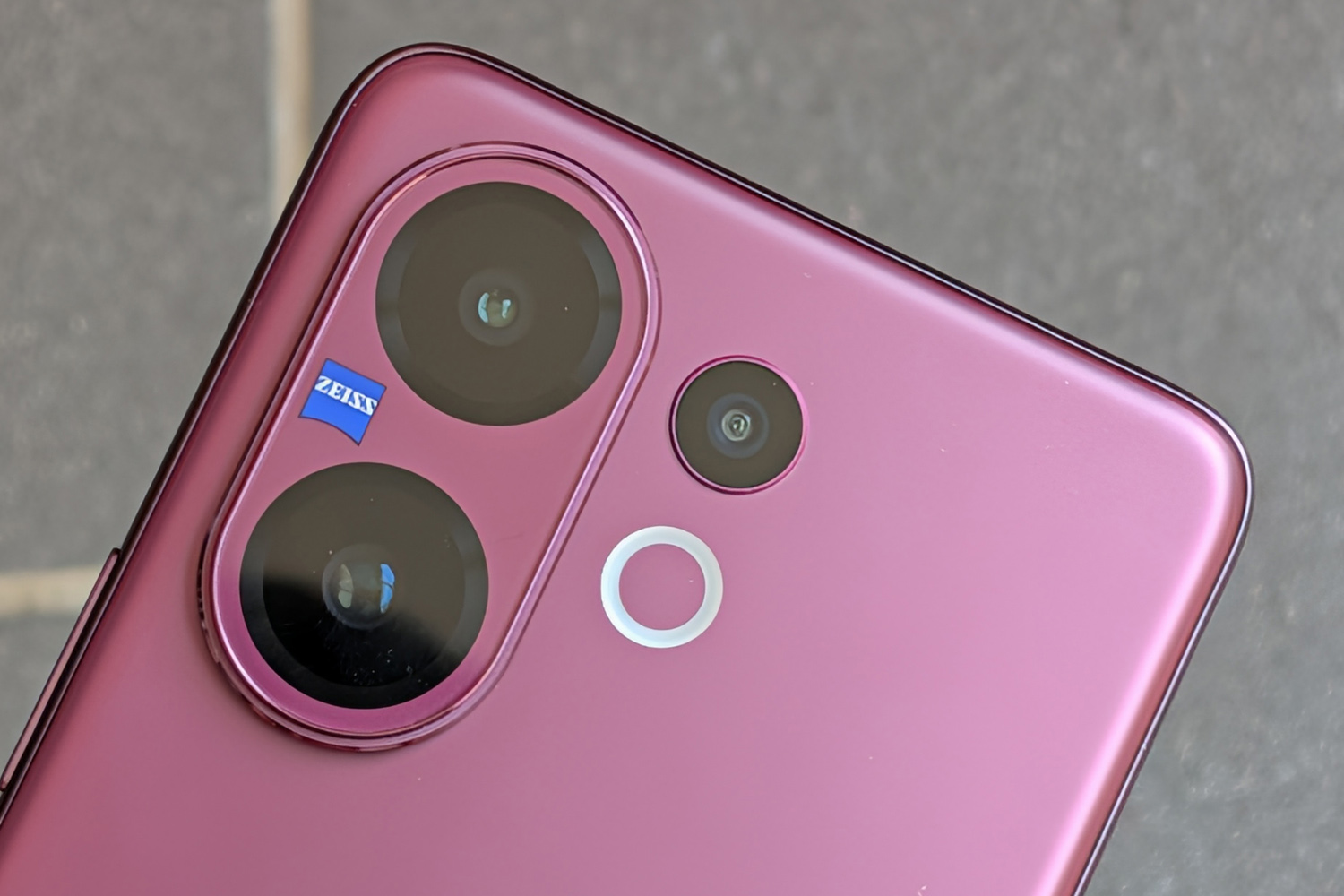
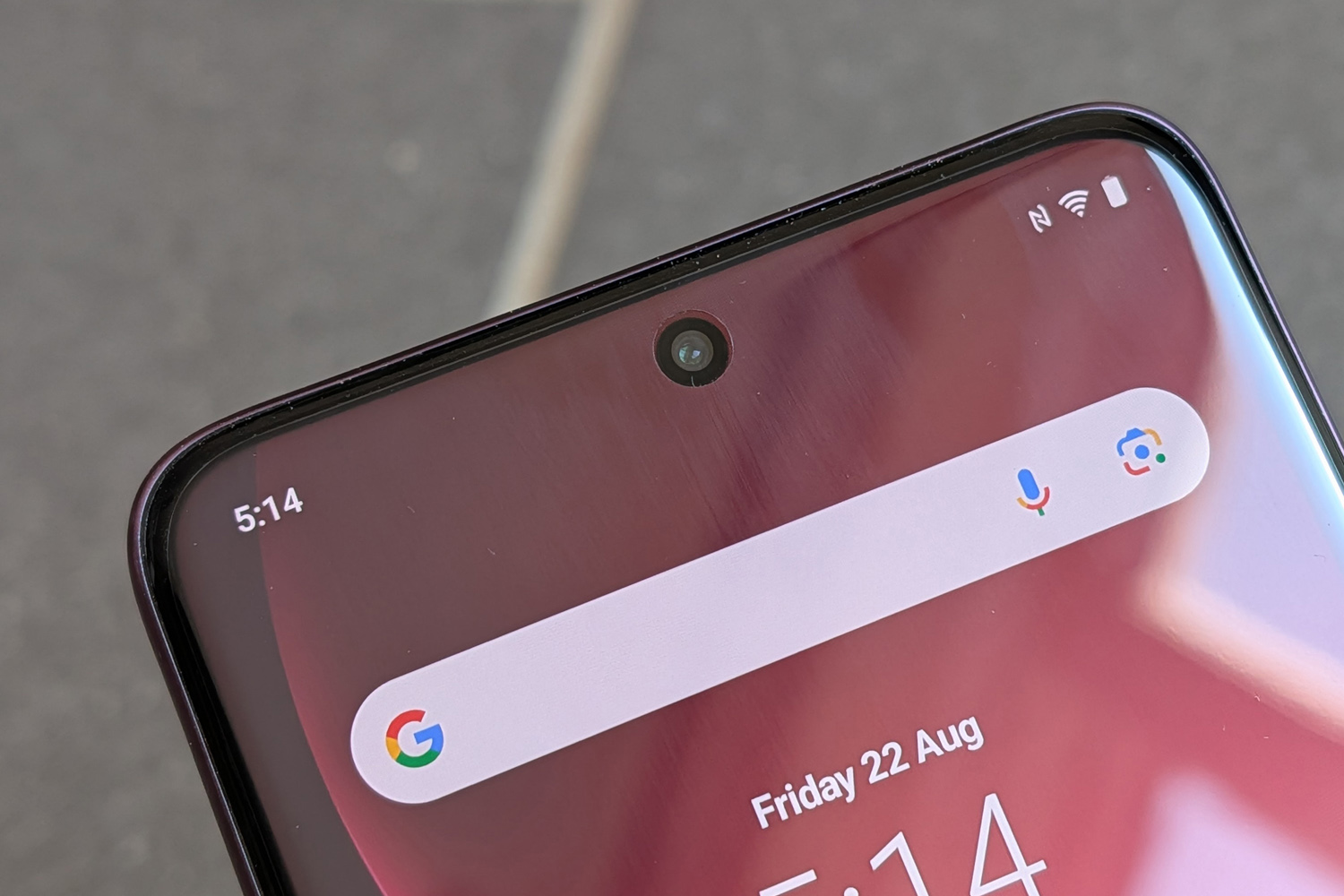
The V-series has long made its trio of 50MP autofocusing cameras the main reason to buy one, and that hasn’t changed for the V60 – but the lenses themselves have. A telephoto snapper now sits alongside the main camera at the rear, while the ultrawide has been demoted to an 8MP unit. This makes sense, given Vivo’s extensive selection of portrait modes and effects.
You’re getting 3x optical zoom here, extendable all the way to 100x with digital zoom – though naturally details rapidly fall off fast, to the point I wouldn’t go more than 10x even for social shares, as you’re already into overly smooth, watercolour-like texture territory even in great lighting. 10x does hold up very well in good light, though.
Both the lead and telephoto lenses having optical image stabilisation really helps out as light levels drop, putting considerable distance between them and the more basic 8MP ultrawide. It’s in clear third place, lacking detail and displaying lots of image noise. At least colours are consistent across the three, and the lead lens performs as well as I’d hope from an affordable phone.







I like the film camera mode, accessed with a swipe from the bottom of the camera app; it’s a virtual version of an Instax camera, splitting out digital prints and making it a bit easier to experiment with the various colour modes and filter effects. The main interface is mainly focused out the Texture, Vivid, and Zeiss modes, which let you pick between a saturated and more natural presentation.


















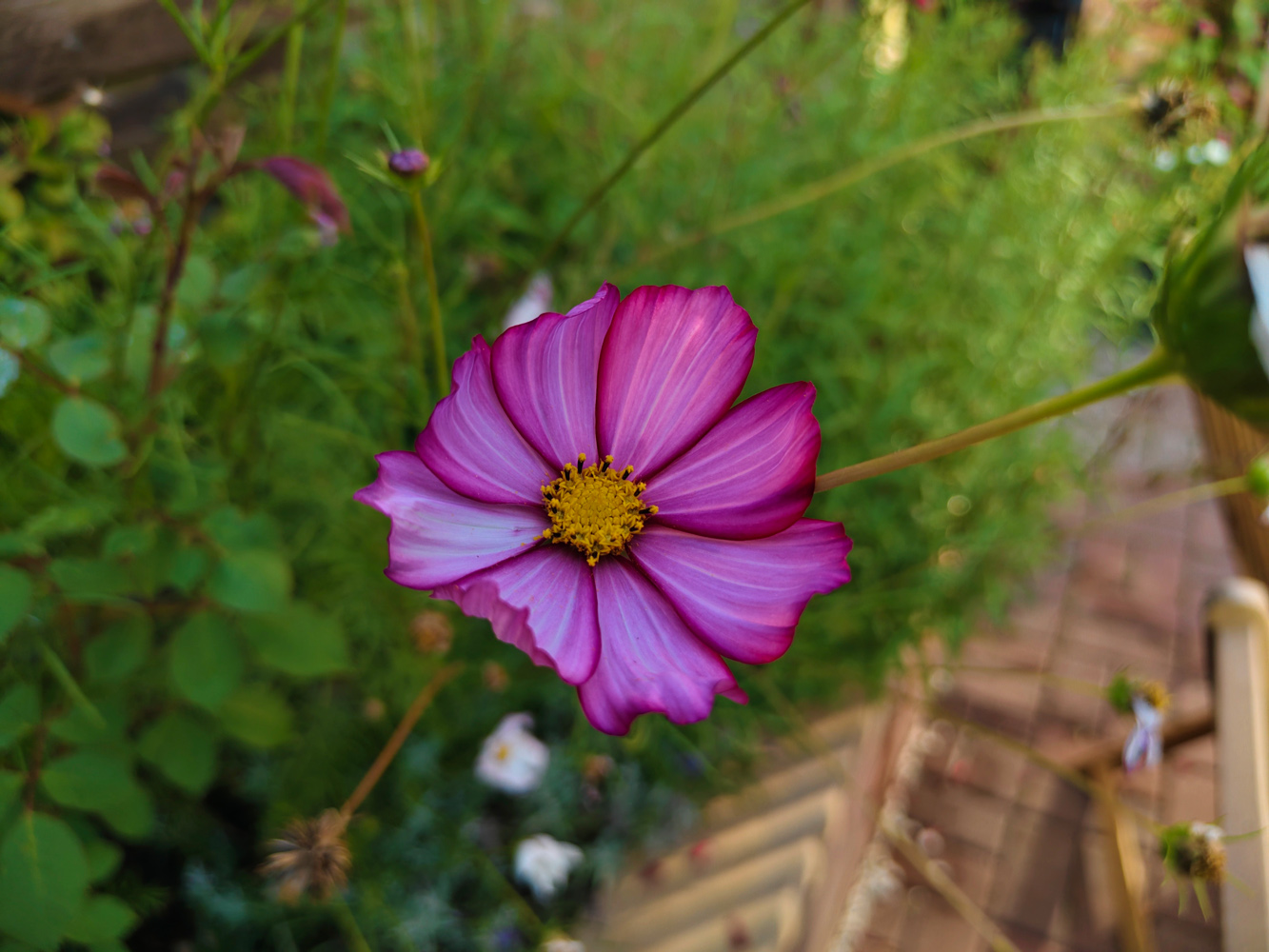




Portraits are where this phone feels at its most comfortable, the 3x telephoto in particular doing a very good job with the Zeiss bokeh styles. The Aura Light ring flash, which can adjust its colour temperature on the fly to suit the scene, works better with the main lens, as you’re naturally close to your subject.
There are a bunch of AI-assisted camera modes to play about with too, like being able to adjust a shot to feel like it was taken during a specific season.




Overall image quality is really rather good for the price, and I’m largely a fan of Vivo’s colour science. I don’t think it’s quite as on point here as it is on the Vivo X200 Pro, and the V60 can’t get close to it for outright clarity, but I can see the family ties. Compared to similarly-priced rivals it puts in a good showing, with plenty of detail from the lead lens and lots of dynamic range.
Once again, Vivo’s front-facing cameras continue to impress with ample detail, convincing skin tones, and generally good exposures. I like that the camera app prompts you to pick whether beauty mode is on by default now – something it used to just have enabled as soon as you got it out of the box. You do stil need to remember to turn off the Polaroid-mimicking watermark, though, which is also turned on by default.
Software experience: app overload
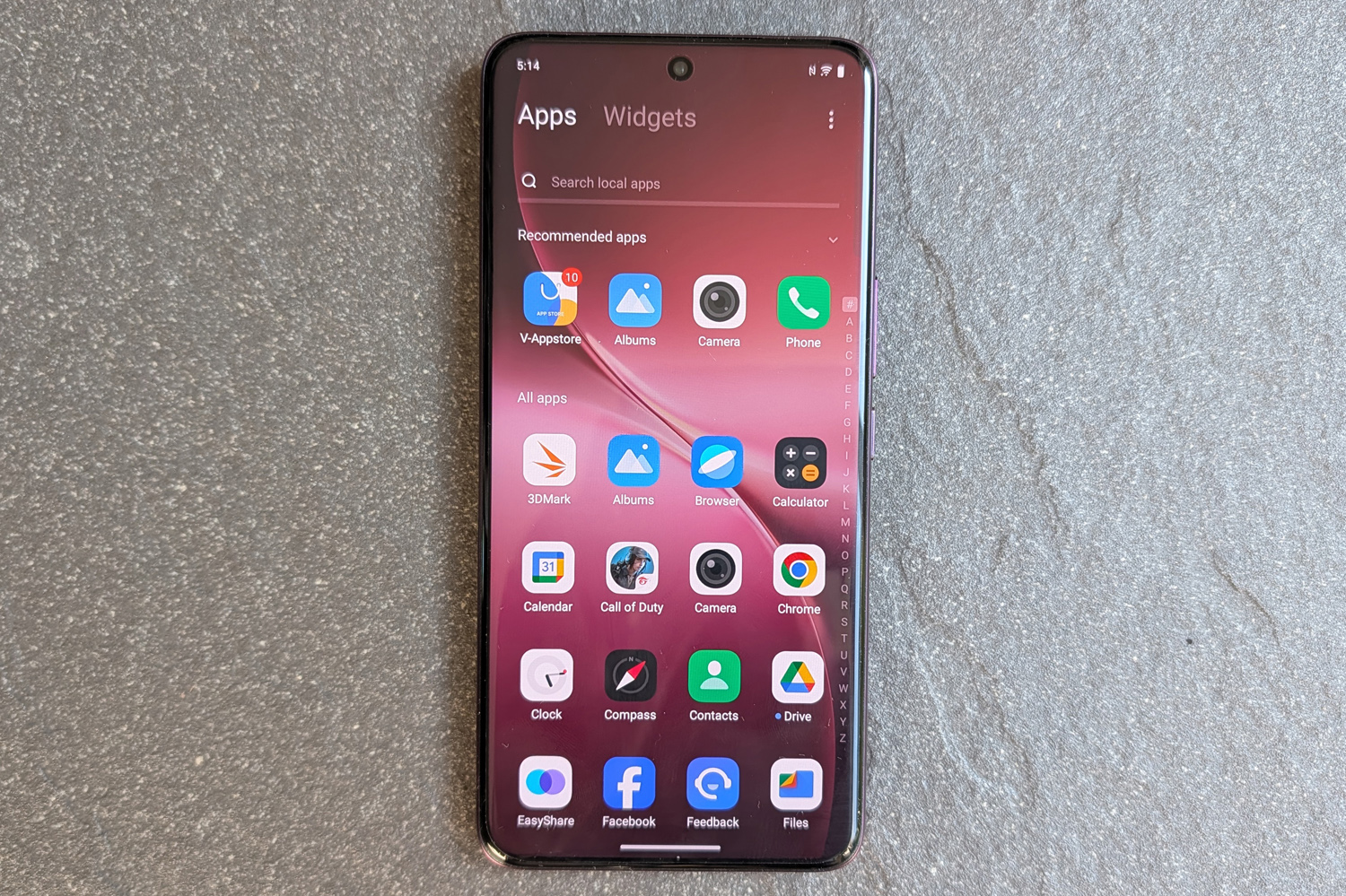
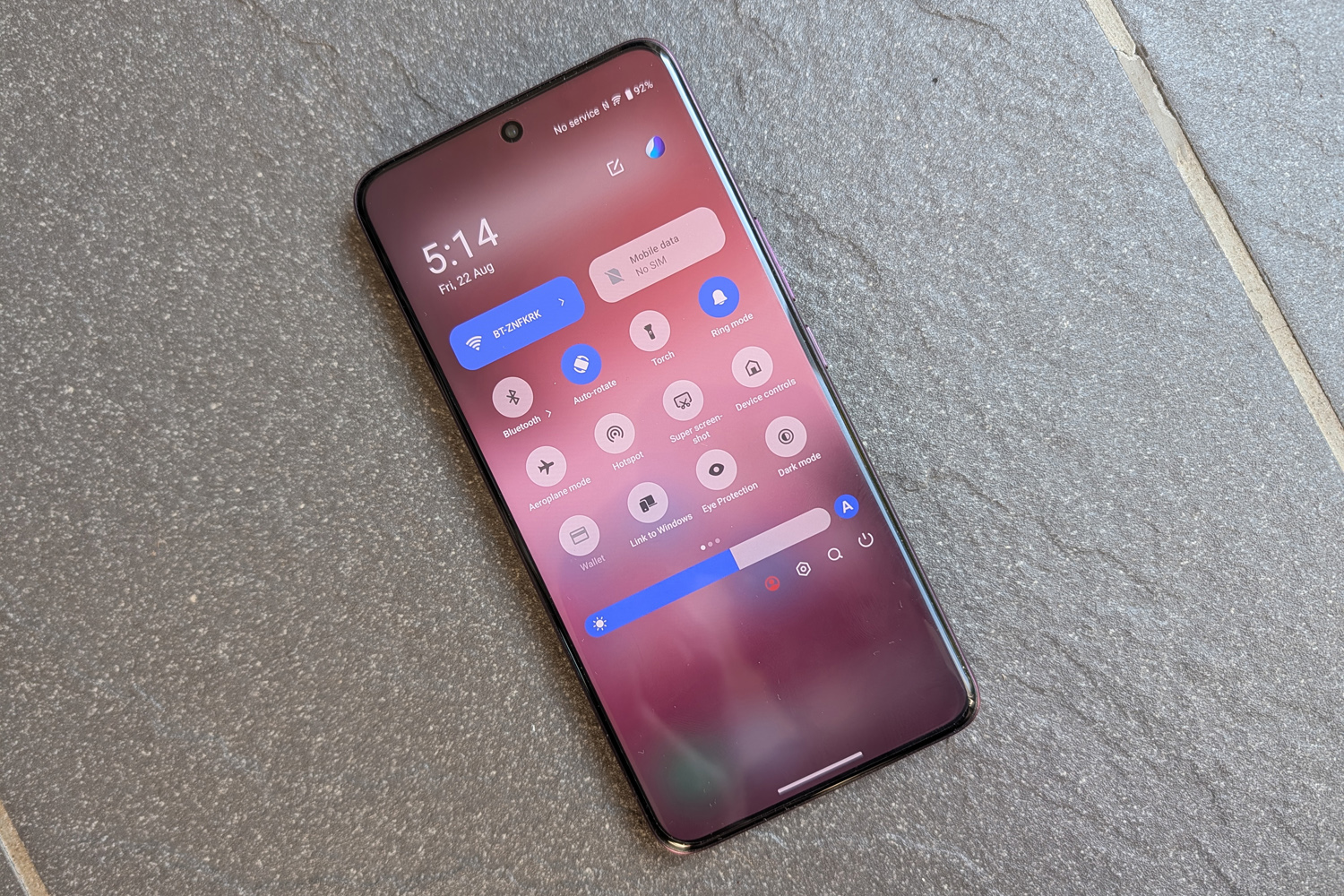
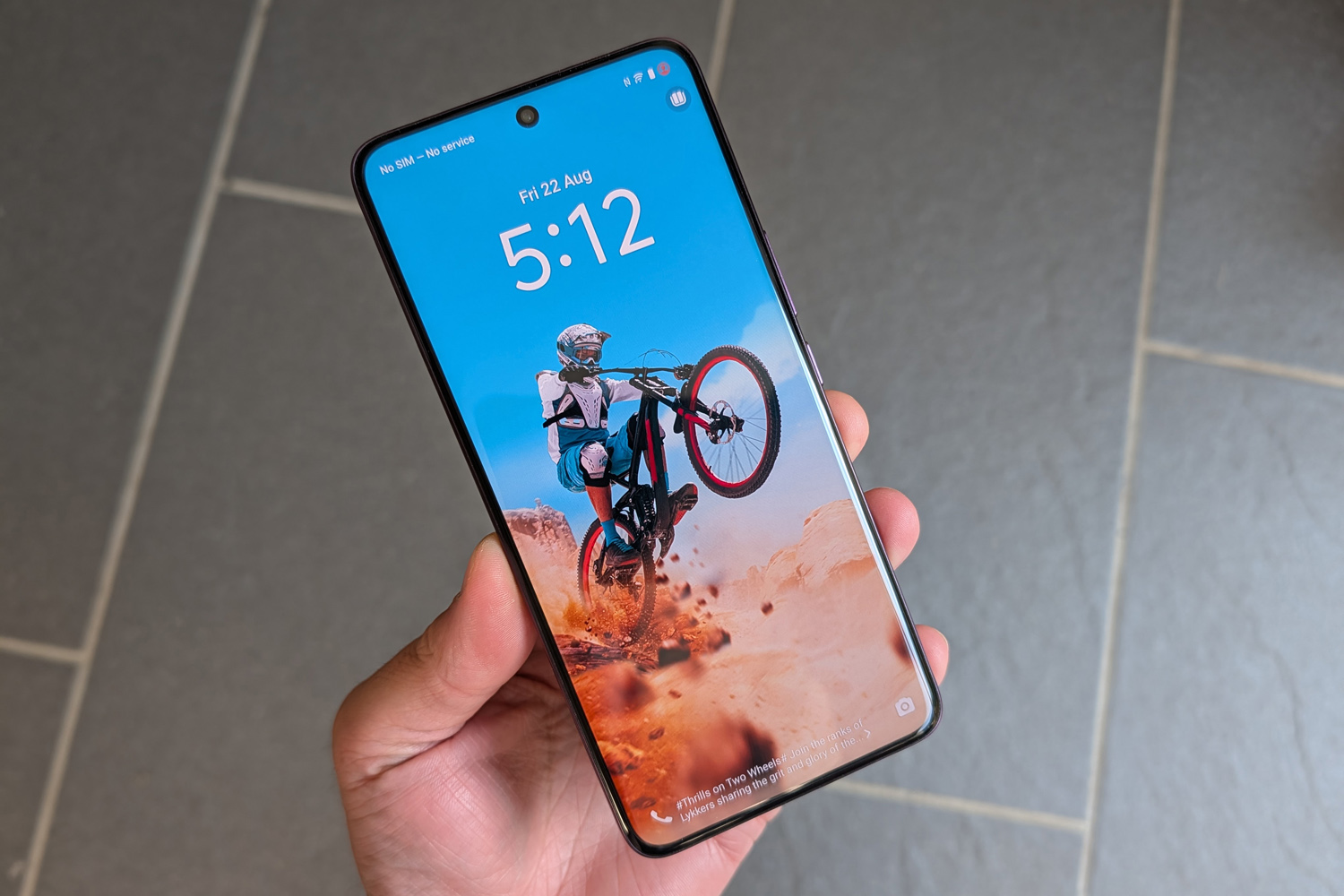
Having spent several months earlier in 2025 with the Vivo X200 Pro as my main handset, I know that Vivo’s Funtouch OS 15 skin can be tamed from its overbearing out-of-box defaults – it just takes a lot of effort. Uninstalling or disabling a lot of the stock apps will cut notifications back to a minimum, but there are a few that insist on coming back, even if you don’t use the apps themselves.
Admittedly this phone is aimed at the Indian market, where pre-installed apps and games are more widely accepted, particularly on affordable models. Most of the bloat can be uninstalled easily enough, with some stragglers forcing you to disable them through the V-Appstore – which itself is riddled with adverts. I stuck pretty much exclusively to the Play Store.
It’s as customisable as ever, letting you get as granular as picking what animation plays when you plug a charging cable in, and Vivo doesn’t duplicate many of Google’s default apps, so you can get pretty close to the stock Android experience if you really want. Google Gemini is a long-press of the power button away, and Circle to Search is on hand with a tap-and-hold of the navigation button. The few Vivo-build AI features, including a writing assistant in the notes app and transcriber built into the voice recorder, require a Vivo account to use.
Android 15 sits underneath, and Vivo is promising four years of OS upgrades and six of security updates. That’s a welcome improvement on the V50, which only got three years of new Android generations, though it’s still less than you’ll get with a Pixel 9a.
Performance & battery life: generation game
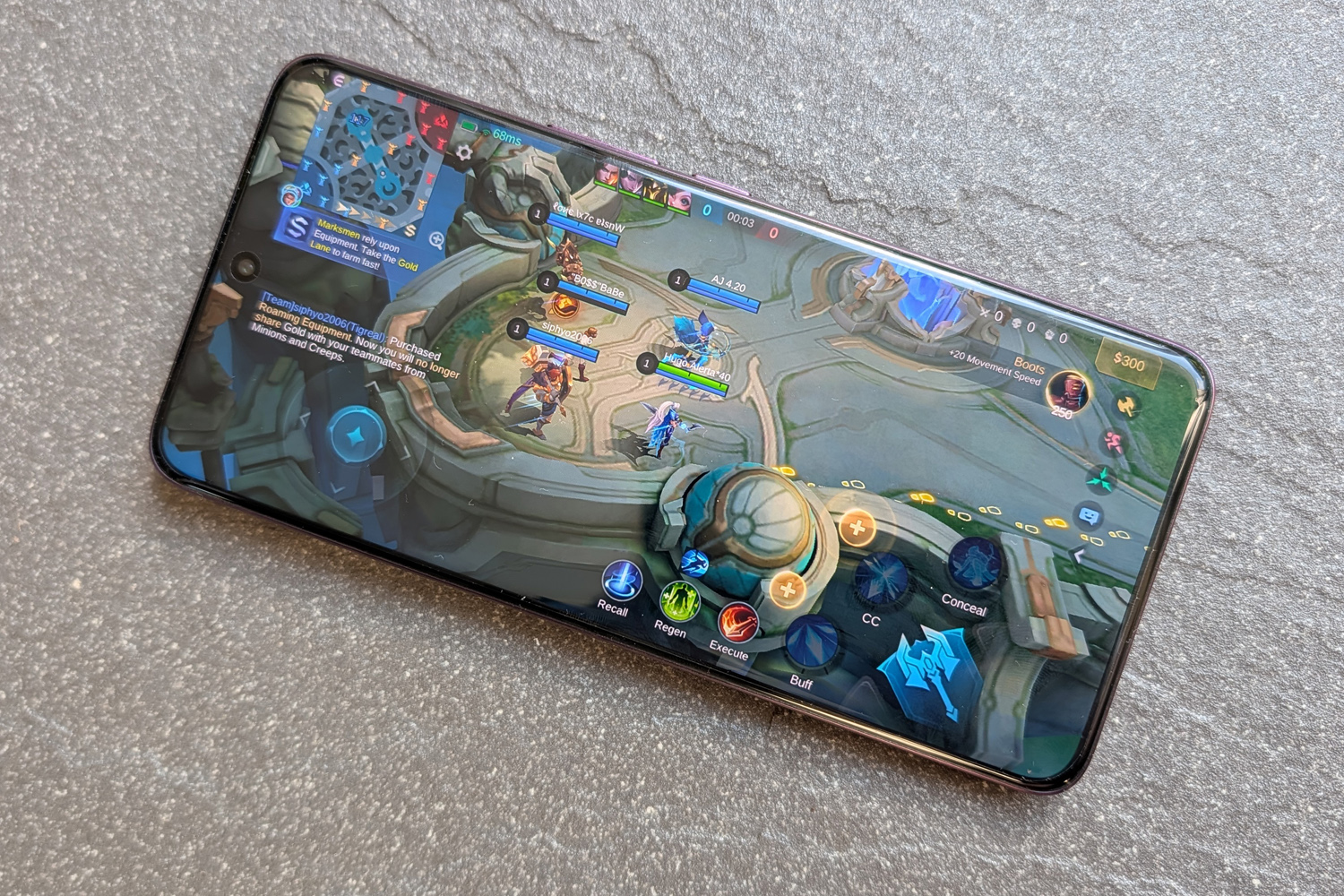
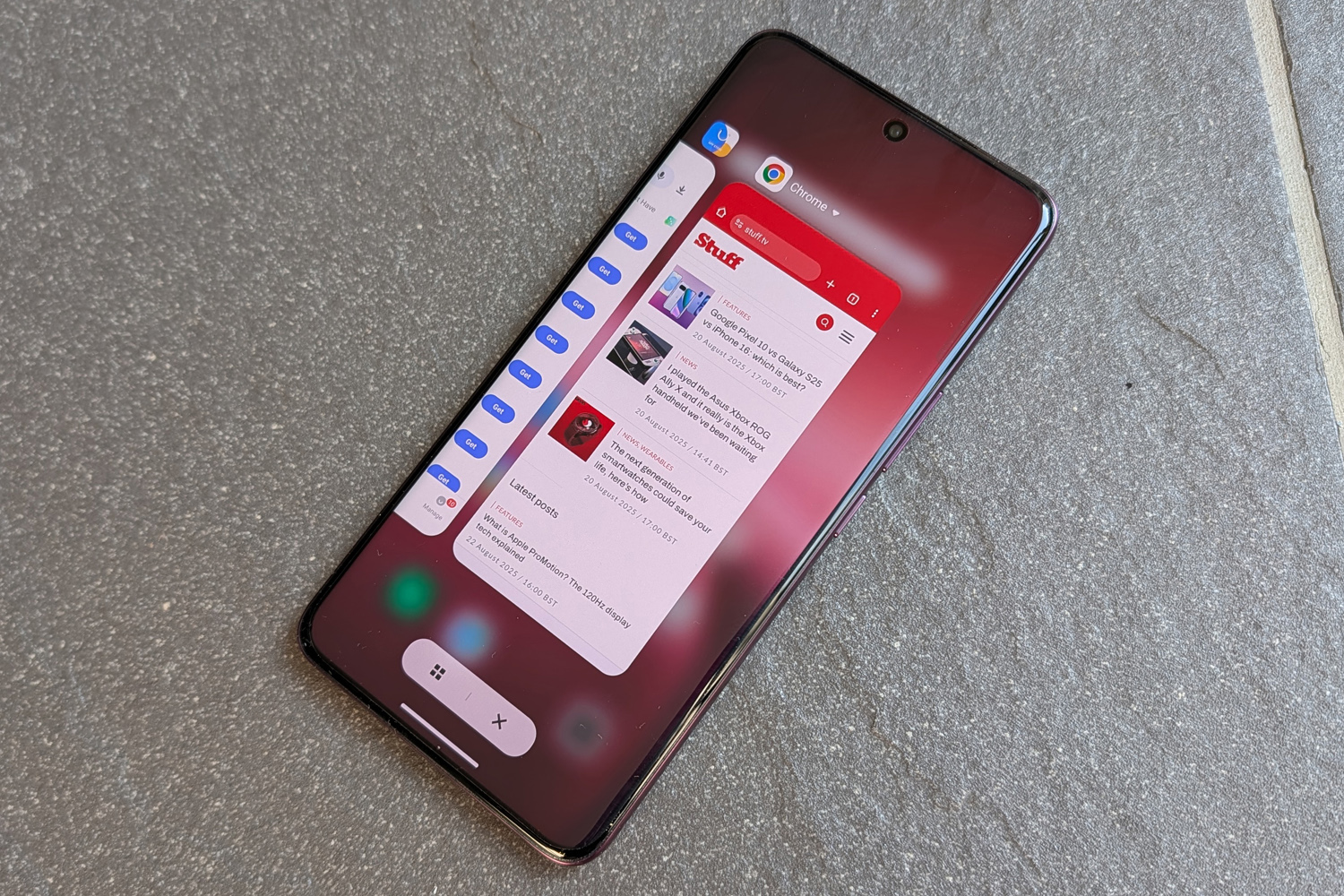
The V-series has mostly relied on Qualcomm’s mid-tier Snapdragon 7 chips (with a few Pro exceptions), so it’s no big surprise to see a Snapdragon 7 Gen 4 running the show here. That said, the biggest differences between it and the outgoing Gen 3 (which powered the Vivo V50 just six months ago) are a slightly higher clock speed and some under-the-hood tweaks to energy efficiency.
It also sticks with LPDDR4X memory (up to 12GB of it depending on the model) and UFS 2.2 storage (either 128, 256, or 512GB) rather than the faster UFS 4.0, which is standard in other mid-rangers. That ultimately means performance hasn’t come on a huge amount, with synthetic tests putting it roughly near the middle of the pack. There are affordable rivals with faster 8-series CPUs that make more sense if you need the extra power, say for encoding 4K videos.
| Geekbench 6 single-core | 1243 |
| Geekbench 6 multi-core | 3582 |
| Geekbench 6 AI | |
| PCMark Work 3.0 | 10708 |
| 3DMark Wild Life Extreme | 1794 |
Qualcomm’s chips are no slouches when it comes to gaming, even at the mid-range, so the Vivo V60 was able to play most titles at medium settings and solid frame rates. Call of Duty Mobile even supports 90fps play. It didn’t get too hot after a prolonged play session either. Just keep in mind there are affordable alternatives that make gaming their priority, if that’s your thing. If you prefer more casual fare, you’ll be well served here.
The Vivo’s trump card is arguably its 6500mAh silicon-carbon battery. Combined with the mid-tier chipset, this phone is comfortably able to last an entire day away from the mains, even when being pushed pretty hard. Take things a big easier and it’ll make it to day two without any real struggle. That puts it ahead of the OnePlus 13R, and it’s faster to charge over USB-C at 90W, too. You don’t get wireless charging, but that’s not too surprising given the price point.
Vivo V60 verdict
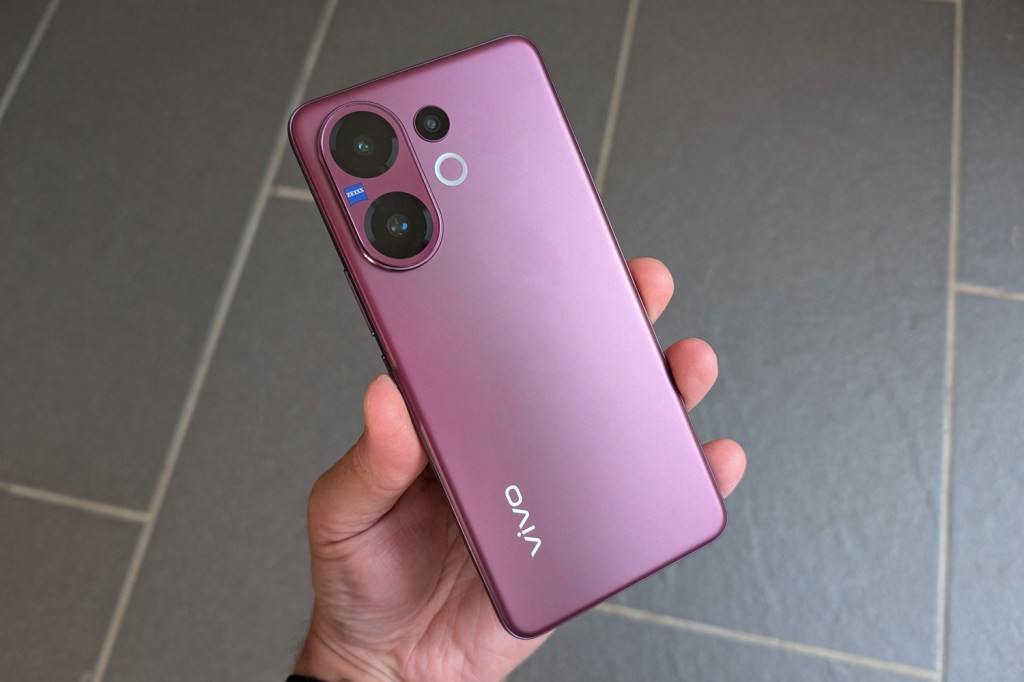
Giving the Vivo V60 a dedicated telephoto camera and stepping down the ultrawide into third place was a sensible move; this phone was always a portrait and selfie specialist, so it makes sense to give it appropriate hardware. Intense over-processing and sharpening in certain lighting aside, this phone takes colourful and detailed shots that stay competitive with similarly-priced rivals.
That big battery is a real winner, too, ensuring you can get through even the heaviest of days without needing to charge mid-way through. However, FunTouch remains a heavy-handed take on Android, with far too much bloat and baked-in adverts for my liking.
Gamers wanting extra oomph will be better served by a OnePlus 13R, which also has wider availability on its side.
Stuff Says…
Another photography-first mid-ranger from Vivo that ticks most boxes for its target audience. The Vivo V60 isn’t a huge departure from the outgoing V50, though, and has some weak spots.
Pros
Zeiss-backed cameras largely deliver for the money
Big battery guarantees long lifespan
Excellent IP protection
Cons
FunTouch OS is still overbearing
Rivals have more powerful CPUs
Limited international availability
Vivo V60 technical specifications
| Screen | 6.77in, 2392×1080 OLED w/ 120Hz |
| CPU | Snapdragon 7 Gen 4 |
| Memory | 8/12/16GB RAM |
| Cameras | 50MP, f/1.9 w/ PDAF, OIS + 50MP, f/2.7 telephoto w/ PDAF, OIS, 3x optical zoom + 8MP, f/2.0 ultrawide rear 50MP, f/2.2 front w/ autofocus |
| Storage | 128/256/512GB on-board |
| Operating system | Android 15 w/ FunTouch OS |
| Battery | 6500mAh w/ 90W wired charging |
| Dimensions | 164x77x7.5mm, 192g |


